PICTURED: African refugee who has spent the last 30 years in Ohio as he’s charged with raping and murdering in 1990s Rwanda Genocide
A Rwandan-born man has been arrested in Ohio for his alleged involvement in the country’s 1994 genocide.
Federal prosecutors have accused Eric Nshimiye, 52, of concealing his involvement in the mass killings, which included hacking people to death.
Nshimiye is said to have participated in the killings by hitting the victims on the head with a club studded with nails and then hacking them with a machete.
Prosecutors say he spent decades hiding the fact he took part in the Hutu regime’s massacre of an estimated 800,000 ethnic Tutsis and moderate Hutus.
After settling in Ohio, Nshimiye tried to derail any investigation into his scheme by lying during the immigration fraud case against a former classmate who prosecutors say also participated in the atrocities.
Federal prosecutors have accused Eric Nshimiye, seen here, of concealing his involvement in the mass killings
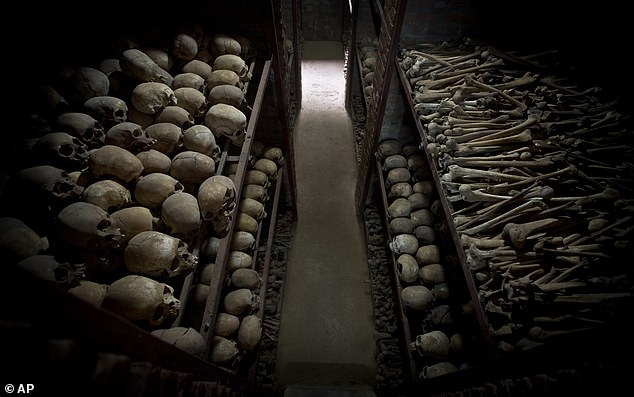
Prosecutors say he spent decades hiding the fact he took part in the Hutu regime’s massacre of an estimated 800,000 ethnic Tutsis and moderate Hutus.
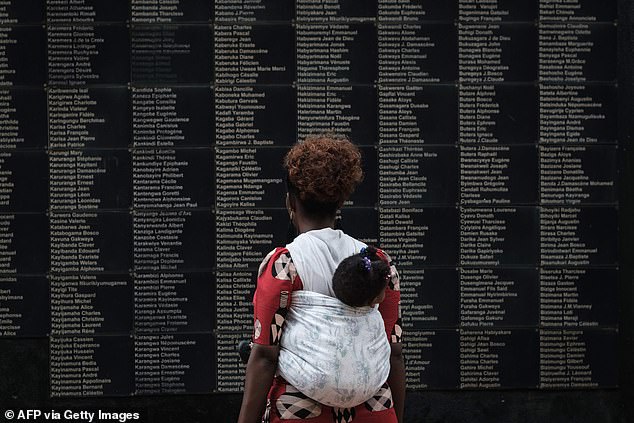
In this file photo taken on April 8, 2019, a woman carrying her child looks at the wall of victims’ names as Rwanda marks the 25th anniversary of the 1994 genocide
Nshimiye was arrested in Ohio, where he has lived since 1995, and detained after an appearance in federal court in Youngstown.
Acting U.S. Attorney Joshua Levy of Massachusetts said in a statement, “Our refuge and asylum laws exist to protect real victims of persecution, not the perpetrators.”
According to a LinkedIn post, Nshimiye previously spoke to students at the Jackson Academy for Global Studies about his life in Rwanda and how he escaped during the war.
Nshimiye also works as an engineer for Goodyear at their headquarters in Akron, Ohio.
His arrest came four years after the 2019 conviction in Boston of Nshimiye’s former classmate Jean Leonard Teganya.
Prosecutors say Teganya committed immigration fraud by concealing his involvement in the genocide when he applied for asylum.
Authorities said both men were medical students in the town of Butare at the time of the killings and active in the political party that helped commit the genocide, the MRND.
According to charging documents, Nshimiye helped identify Tutsis among patients and staff at a hospital that became a site of atrocities and was directly involved in killings and encouraging rapes.
His victims included a 14-year-old boy and a man who sewed doctor’s coats at University Hospital, authorities said.
Witnesses in Rwanda identified the locations of the killings and made drawings of Nshimiye’s weapons, authorities said.
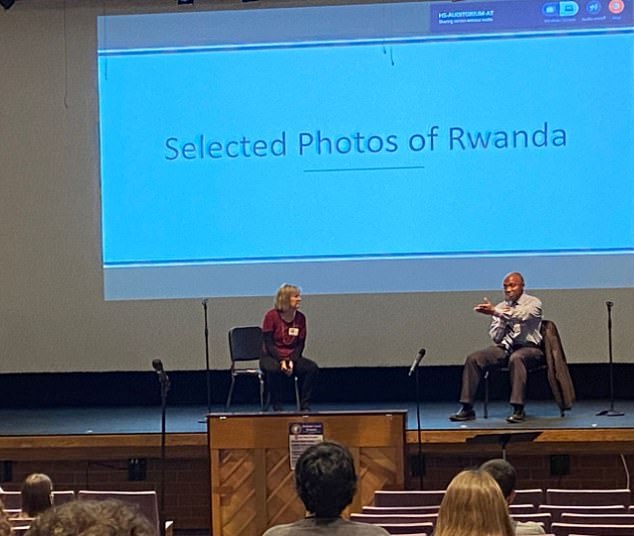
According to a LinkedIn post, Nshimiye, seen here, spoke to students from the Jackson Academy for Global Studies about his life in Rwanda and how he escaped during the war
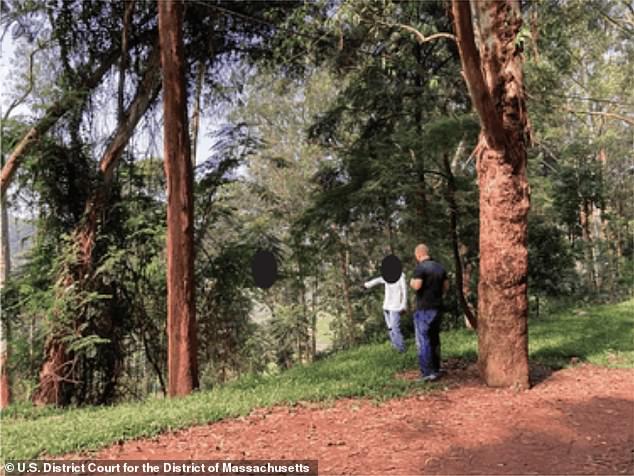
Here, a former Interhamwe member is seen pointing to the spot where Nshimiye allegedly killed a 14-year-old boy
Nshimiye is also alleged to have participated in the rapes of numerous Tutsi women during the genocide.
An affidavit states that Nshimiye took part in weapons training in a forest next to the university hospital prior to the genocide.
After the outbreak of the genocide, Nshimiye was said to be part of the Interhamwe, who were the main perpetrators of the massacre.
Along with other members of the group, witnesses told authorities that he had rounded up 25 to 30 Tutsis who were hiding in a forest near the university hospital.
The group then allegedly killed all the captured people before burning their bodies.
Another witness told authorities that Nshimiye ordered others to rape and kill six young women who were university students.
A female survivor told prosecutors that Nshimiye raped her repeatedly and managed to escape when he took her and her two children to a killing pit.
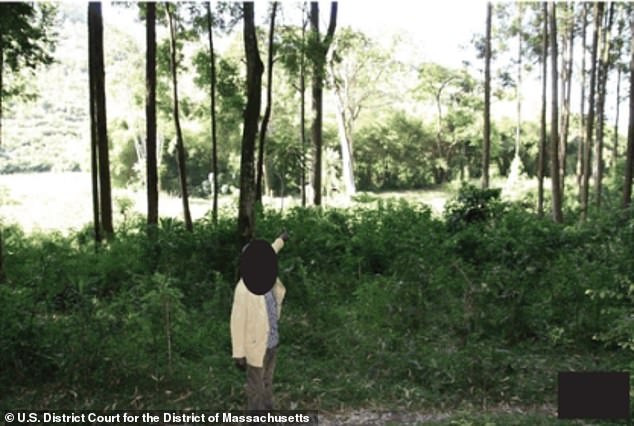
Here you see a former Interhamwe member pointing to a location where Nshimiye is said to have trained with weapons
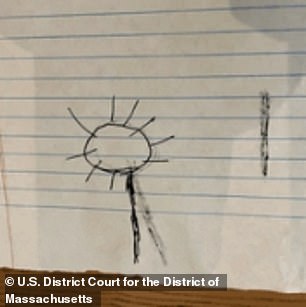
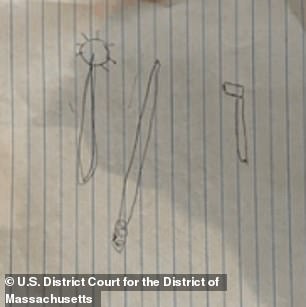
Two witnesses provided prosecutors with drawings of the weapons Nshimiye allegedly used
The woman said she escaped, but her children did not survive and were hacked to death.
According to the documents, Nshimiye fled Rwanda in the summer of 1994 after a Tutsi rebel group drove genocidaires into the Democratic Republic of Congo.
In 1995, Nshimiye made his way to Kenya, where he allegedly lied to U.S. immigration officials to gain entry into the United States.
Nshimiye immigrated to Ohio and in the following years would continue to provide false information about his involvement in the genocide in order to obtain lawful permanent residency and eventually U.S. citizenship.
He was called as a defense witness at Teganya’s trial and gave false testimony to exonerate him, prosecutors said. Teganya was sentenced to eight years in prison.
Nshimiye was detained Thursday after an initial appearance in federal court in Ohio and authorities said he will appear at a later date in federal court in Boston, where the charges were filed.
If convicted, Nshimiye faces up to five years in prison for perjury, up to 10 years for obstruction of justice and up to five years for the scheme to conceal the charges.
